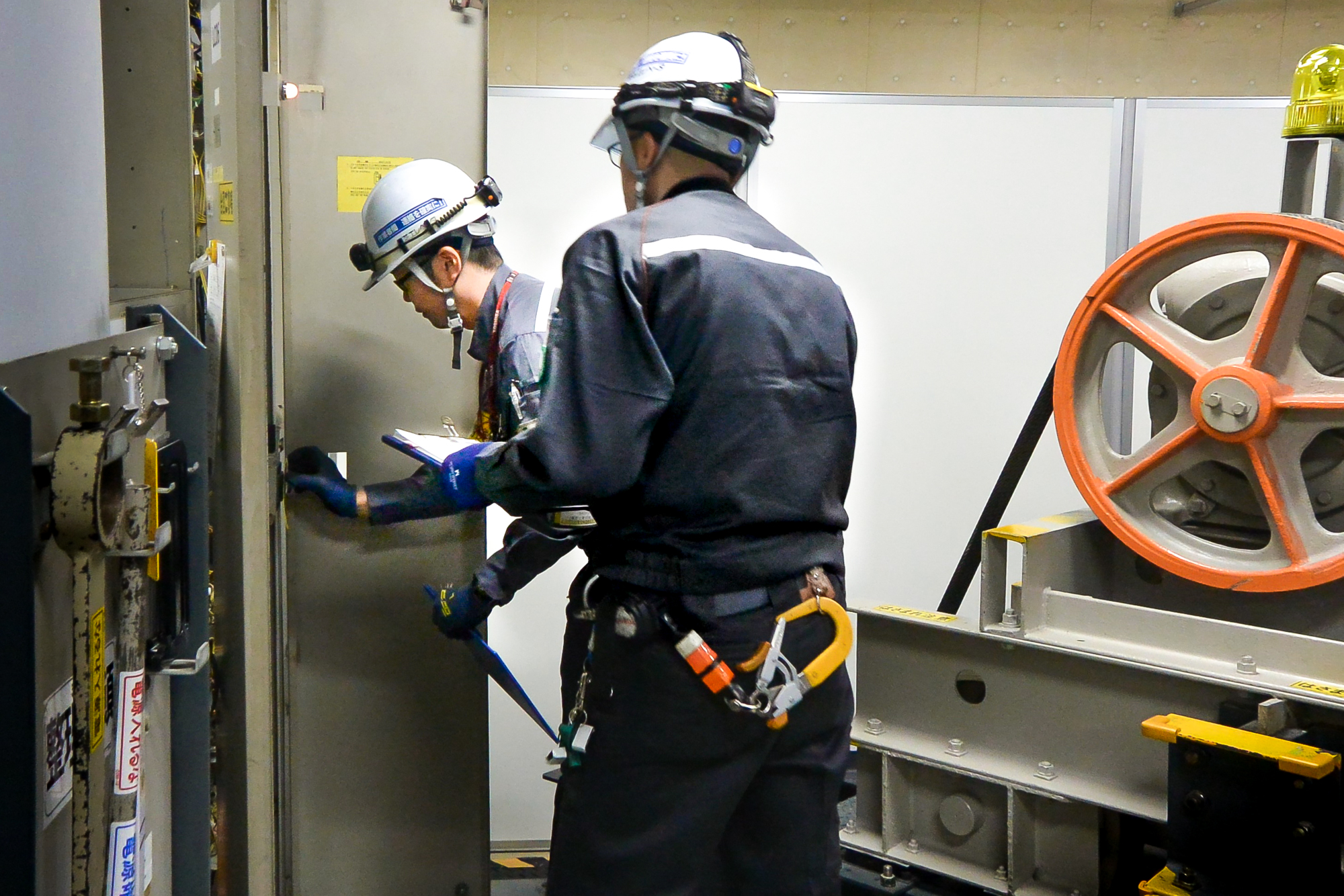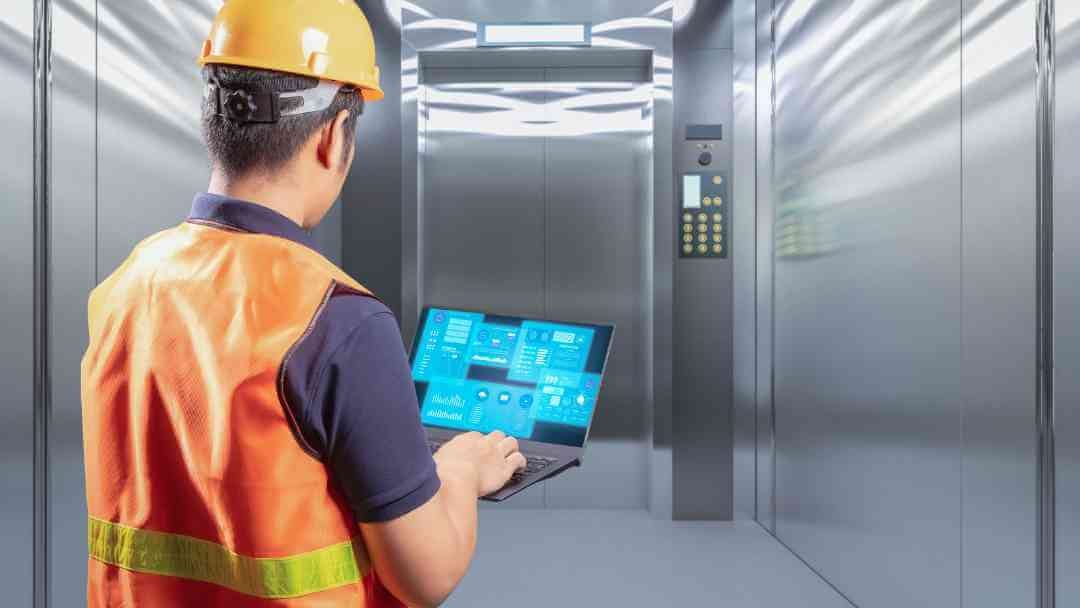Comprehensive Lift Maintenance Solutions for Effective Structure Workflow
Comprehensive Lift Maintenance Solutions for Effective Structure Workflow
Blog Article
Exploring the Comprehensive Steps Required for Lift Upkeep
In the realm of structure upkeep, guaranteeing the proper functioning and security of lifts is vital. The complexity of elevator systems requires a careful technique to upkeep. From routine evaluations to calculated modernization plans, an alternative view of upkeep is necessary. In the ever-evolving landscape of lift technology and safety requirements, there are extensive steps that need to be meticulously complied with to ensure optimum efficiency and conformity. By addressing crucial elements such as aggressive maintenance timetables, safety and security checks, and emergency situation readiness, a thorough understanding of the ins and outs associated with lift upkeep can lead to boosted performance and safety and security.
Normal Inspections
When it concerns making certain the long life and safety of your lift system, normal inspections are critical. These routine checks play an important role in determining any kind of potential concerns before they intensify right into major problems, ensuring the risk-free and smooth operation of the lift. By carrying out normal examinations, upkeep groups can proactively attend to damage, malfunctioning components, or any type of various other problems that might endanger the lift's performance or security.
Throughout these examinations, trained experts completely check out various elements of the lift system, consisting of mechanical parts, electrical systems, security features, and general architectural honesty. By discovering and resolving issues early on, these assessments aid protect against expensive repair services, downtime, or safety dangers, ultimately expanding the lifespan of the lift system and making sure the well-being of its users.
Positive Maintenance Schedules
Applying proactive maintenance routines is important for optimizing the effectiveness and durability of lift systems. By sticking to a positive upkeep strategy, lift proprietors can address prospective issues prior to they rise into significant issues, eventually minimizing downtime and pricey repairs. Proactive maintenance entails normal inspections, lubrication of moving parts, screening safety and security functions, and changing used parts. These arranged maintenance jobs not only aid in preventing break downs but also contribute to keeping the lift's efficiency at optimal levels.
A well-structured aggressive upkeep timetable ought to lay out certain jobs, regularities, and accountable personnel. When developing these schedules to guarantee the lift runs safely and successfully, it is vital to comply with producer referrals and sector standards. In addition, documenting upkeep activities and maintaining in-depth records can offer important insights into the lift's efficiency over time, aiding in making and recognizing trends notified maintenance choices.

Safety And Security Conformity Checks
Making certain safety and security conformity through detailed checks is critical in maintaining lift systems' reliability and protecting user wellness. Safety and security compliance checks involve an extensive analysis of different elements, including electric systems, mechanical components, emergency brakes, doors, and other crucial safety features. These checks are necessary to identify any kind of possible dangers or breakdowns that can jeopardize the lift's operation and put individuals in danger.
Routine safety compliance checks should be performed by qualified service technicians in adherence to industry policies and standards. These checks help in finding concerns early, allowing for timely repair services and precautionary maintenance measures to be implemented. Moreover, keeping detailed documents of safety and security compliance checks is important for tracking the lift Get the facts system's efficiency with time and showing compliance with safety and security guidelines.
Devices Upgrades and Innovation
Enhancing lift systems via tools upgrades and modernization is essential for enhancing effectiveness and safety criteria in vertical transportation. As technology advancements, older lift systems might end up being outdated, bring about reduced dependability and possible security dangers. By investing in tools upgrades and modernization, structure proprietors can ensure that their lifts satisfy current market criteria and regulations.

In addition to functional benefits, devices upgrades and innovation tasks can also enhance the visual appeals of the lift, offering a more contemporary and enticing experience published here for guests. Inevitably, buying lift upgrades and modernization is an aggressive approach towards making sure the long life, safety and security, and efficiency of vertical transport systems.
Emergency Readiness Planning
An effective emergency situation readiness strategy is important for guaranteeing the safety and speedy action in situation of unexpected incidents including lift systems. Emergency readiness preparation for lift systems includes a methodical method to mitigate risks, make sure traveler safety, and minimize downtime during emergencies.
Trick parts of an emergency readiness prepare for lifts include clear communication protocols, routine training for lift drivers on emergency procedures, and regular drills to examine the effectiveness of the strategy. lift and engineering services. Furthermore, the strategy needs to lay out particular functions and responsibilities for all stakeholders included, including building management, upkeep personnel, and emergency -responders
In case of a lift malfunction or entrapment, having a distinct emergency strategy can aid in collaborating a prompt and reliable response to make sure the safety and well-being of passengers. Timely interaction, accessibility to emergency situation devices such as communication tools and emergency illumination, and expertise of evacuation procedures are crucial aspects of a thorough emergency situation preparedness strategy for lift systems. By prioritizing emergency situation readiness preparation, structure managers can enhance the overall safety and reliability of their lift systems.
Verdict
To conclude, the thorough procedures required for lift maintenance consist of normal evaluations, aggressive maintenance timetables, safety conformity checks, equipment upgrades and modernization, and emergency readiness preparation. These measures are crucial for guaranteeing the safety, dependability, and effectiveness of lifts in numerous setups. By carrying out these procedures, lift proprietors can decrease the threat of crashes, prolong the lifespan of their devices, and comply with sector guidelines.

During these examinations, trained experts extensively take a look at numerous aspects of the lift system, including mechanical components, electric systems, security attributes, and general architectural integrity.Ensuring safety and security compliance through comprehensive checks is paramount in maintaining lift systems' dependability and protecting user wellness. Keeping in-depth documents of safety and security conformity checks is website here vital for tracking the lift system's efficiency over time and showing conformity with security guidelines.
By focusing on emergency situation readiness planning, building managers can boost the general safety and security and dependability of their lift systems.
Report this page